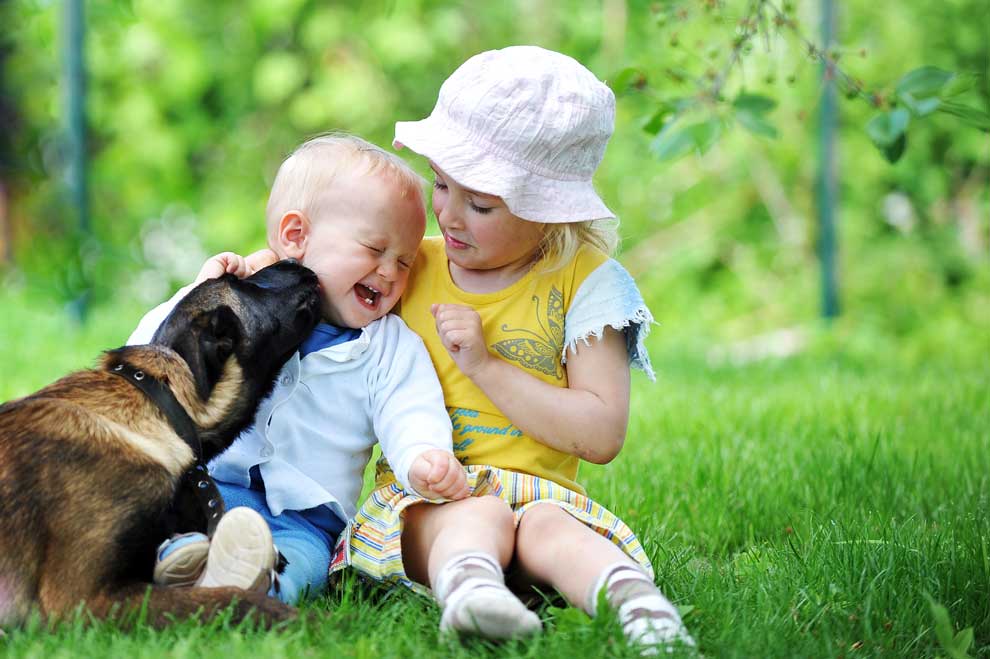If you live in a dry climate that has you watering a dry lawn all summer, you may be considering switching to synthetic turf. While synthetic turf does have advantages, for instance, less maintenance, it also has a few drawbacks. Real grass and synthetic turf both have positive and negative attributes you need to consider before making a decision.
Some factors for consideration include: climate, affordability, environmental impact and maintenance
A natural lawn can potentially last forever providing it is properly maintained. Natural turf does require more maintenance as opposed to artificial grasses by way of upkeep. This includes mowing, fertilising, watering and weed control.
Fortunately the quality of synthetic grass has come a long way, and can look very real, especially when adding surrounding plants or a feature tree / leaves. It is extremely hard wearing, with many carrying a 7-10 year guarantee One advantage of synthetic grass is there are no dead or warn spots, insect damage or disease problems.
On the down side synthetic grass does require some maintenance, namely, brushing, grooming and refilling to help keep the grass blades upright. Costs for maintenance of synthetic grass vary among contractors however with the right tools you can maintain it yourself. Although artificial turf may be easier to care for than natural turf, some people have trouble getting past the feel of fake grass. While high quality grass imitations are soft and many are quite comfortable to walk on in bare feet, artificial turf does not feel exactly the same as real grass.
On the environmental side natural grass requires watering especially in Western Australia, however, it acts as a filter for water runoff, where as artificial grass requires no fertilizers or insecticides, making its runoff cleaner. Synthetic grass absorbs heat, especially when temperatures are high, and may result in an increase in air conditioning needs, while natural grass has a cooling effect. Natural grass requires fertilisers and other harsh chemicals however some people now use recycled laundry and shower water–known as graywater to water lawns and choosing organic fertilizers. Natural grass has the advantage of acting as a kind of carbon offset capable of absorbing a large amount of carbon dioxide per year. There are arguments either way for environmental impact of natural or synthetic.
Synthetic turf is a realistic alternative to natural lawn, providing year-round quality appearance without the frustrating maintenance of traditional lawns. Synthetic lawns are colour fast, pet friendly, resistant to fading and do not require irrigation. A lush lawn typically requires periodic fertilization as well as irrigation during dry weather. When it comes to grass, nothing can beat the look and feel of natural grass. . When properly maintained natural grass is ideal for children and pets, as it provides a soft and cool surface for them to run around on.
There are many factors to consider when choosing between natural turf and synthetic grass. Both have advantages and disadvantages. If you’re planning on keeping the lawn for 10 years or more, then cost considerations basically even themselves out. Think about what you like the look and feel of, how much time you have to give to maintenance, your environmental preferences, and of course, which one better suits your more unique needs.

